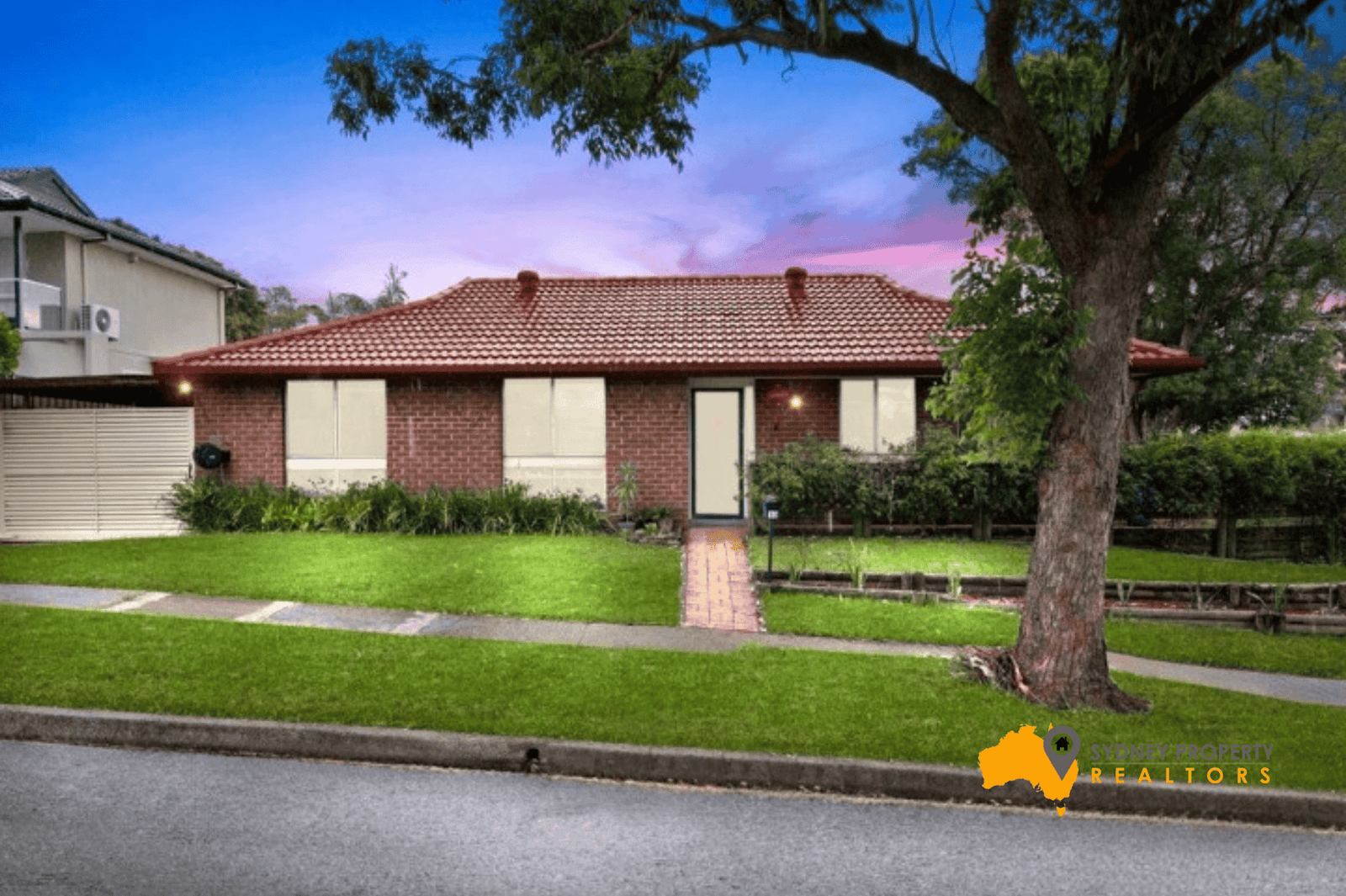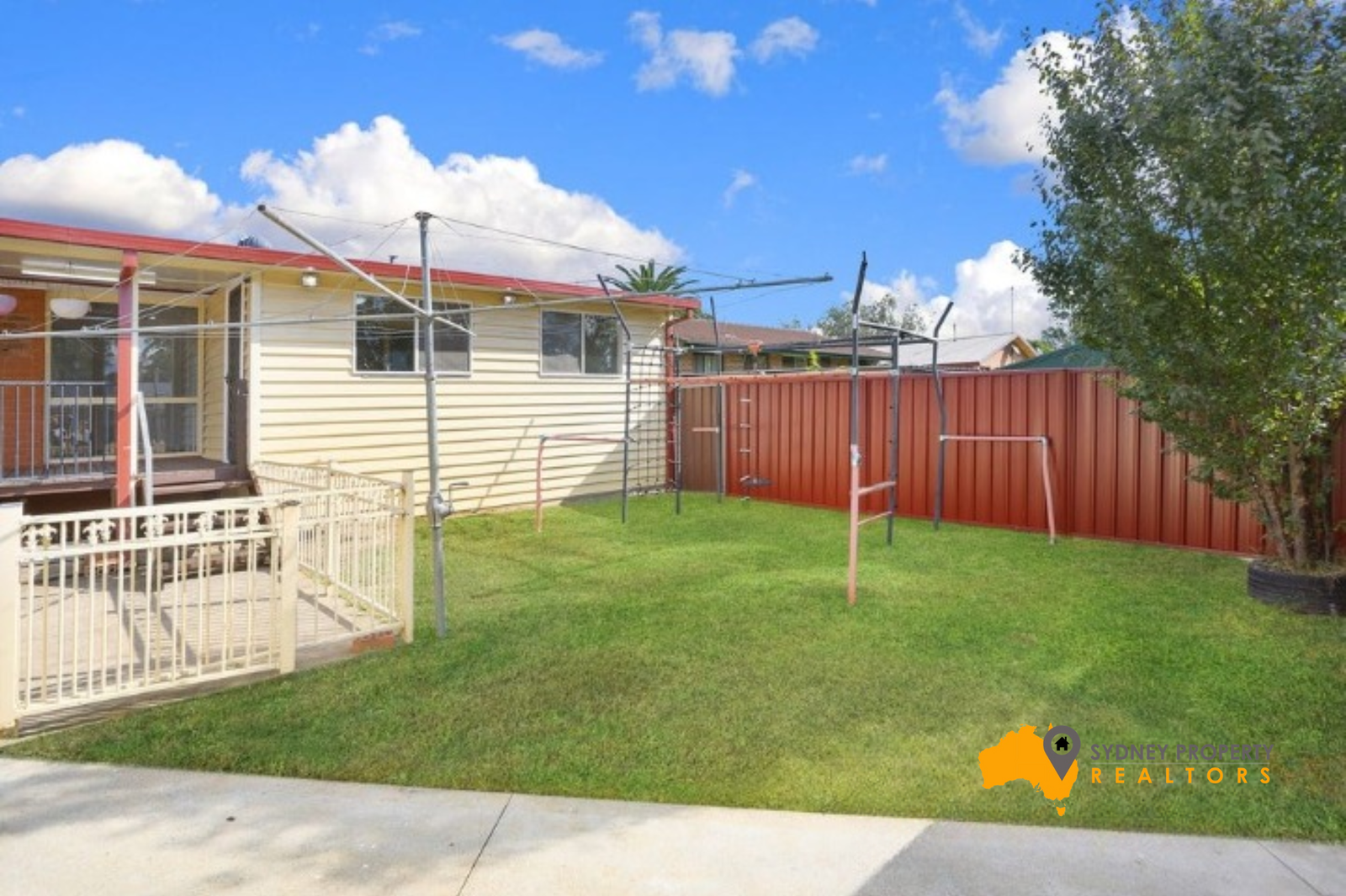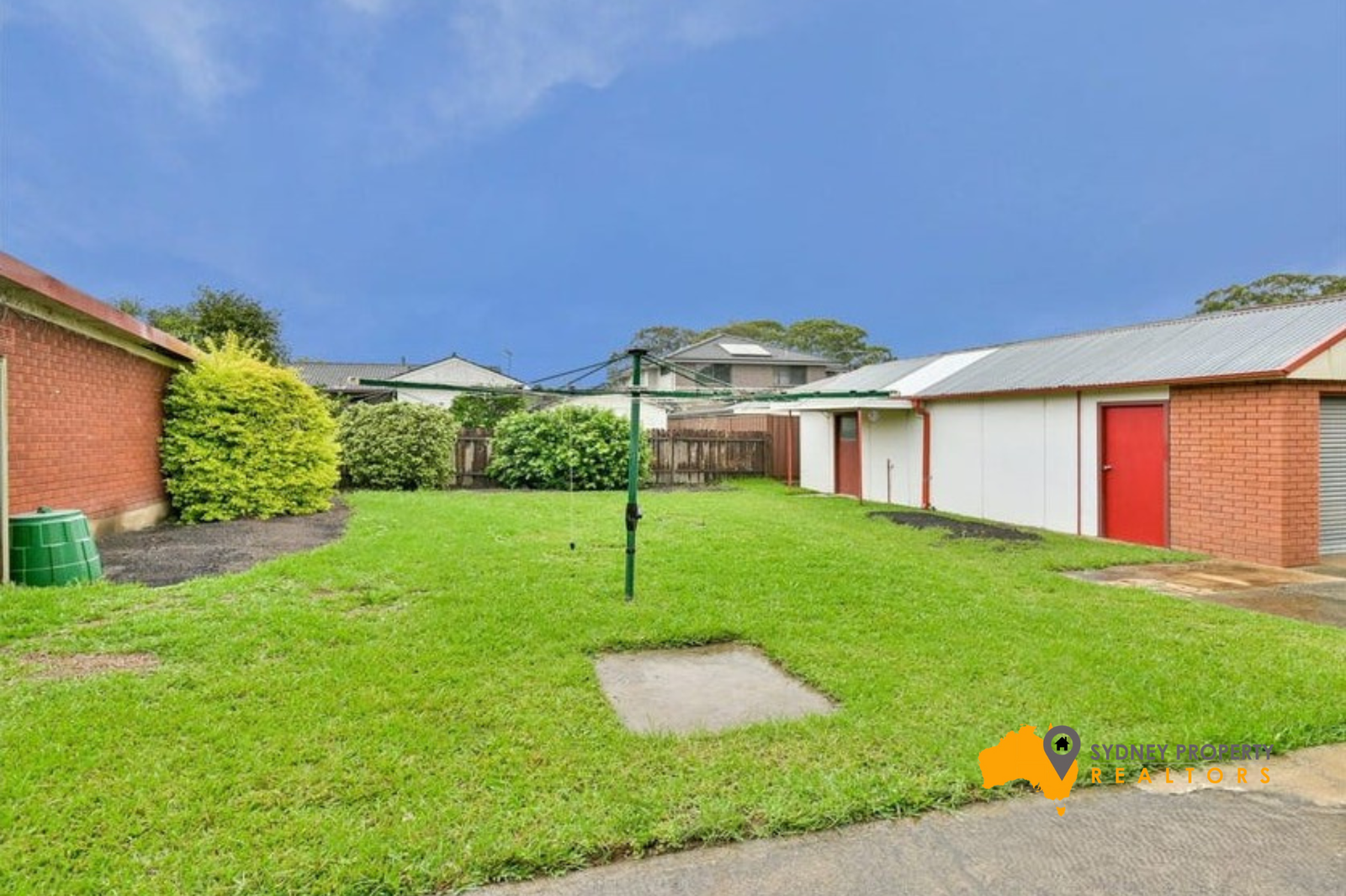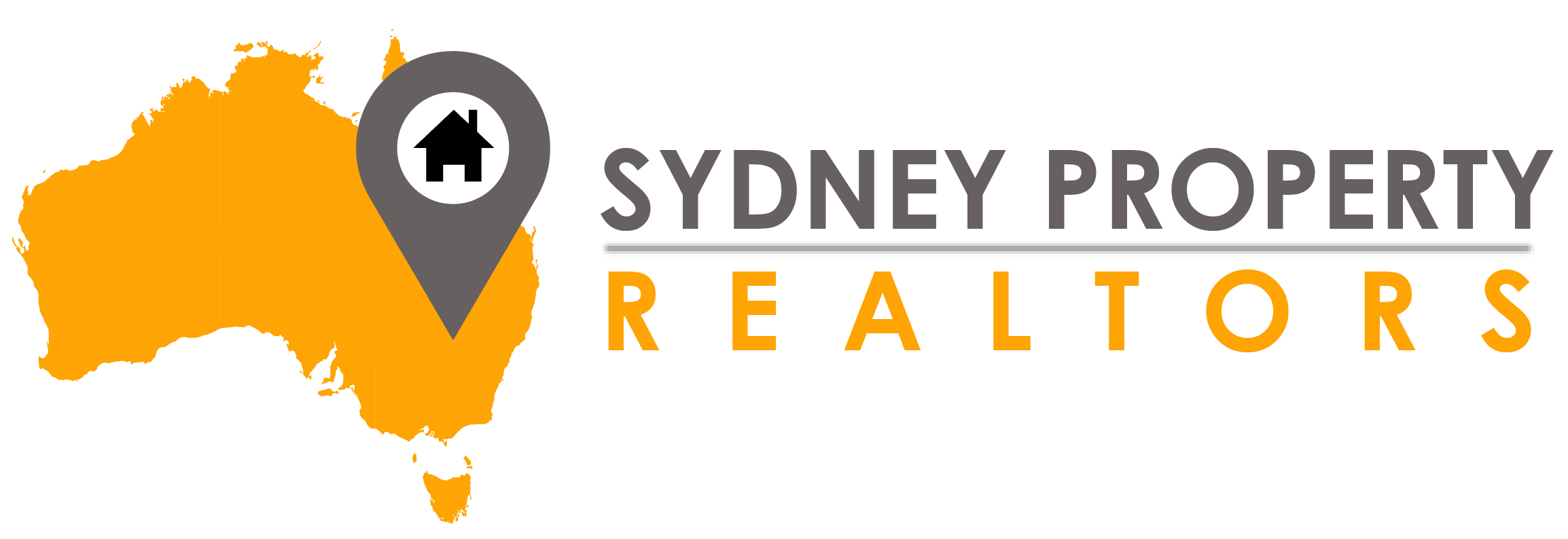Rentvesting has long been a clever strategy for Australians who want to enter the property market without compromising their lifestyle. The concept is still the same at its core in 2025. Live where you want but invest where you can afford. As Sydney property prices continue to push beyond the reach of many first home buyers. Rentvesting offers a practical path to wealth creation without forcing buyers to settle far from their preferred lifestyle zones. This strategy allows people to rent in central or high demand areas for convenience. While building equity in more affordable investment suburbs.
The Evolution of Rentvesting: Then vs Now
Rentvesting emerged in the early 2010s as a creative response to soaring urban property prices. Initially adopted by millennials it gained traction when buyers realised they could enjoy city living without missing out on capital growth. Fast forward to 2025 and the approach has matured. With the help of smarter financial tools, AI driven investment platforms and changing workplace trends like hybrid work, rentvesting has become more structured and informed. Unlike the past, today’s rentvestors have access to detailed suburb growth forecasts, real time rental demand data and flexible financing options. Making the decision less risky and more strategic.
Why Sydney Became the Epicentre of Rentvesting
Sydney, being Australia’s most expensive city, naturally became the rentvesting capital. Inner city prices often exceed $1.5 million for a basic family home. Pushing buyers to consider alternative strategies. The city’s economic importance, lifestyle attractions and employment hubs make it highly desirable to live in but not always feasible to buy in. Rentvesting allows young professionals and families to enjoy the Sydney lifestyle from beachside Bondi to buzzing Surry Hills. While investing in growth corridors like Western Sydney, Hunter Valley or the Central Coast. This balance between lifestyle and long term financial gain is what keeps rentvesting relevant in 2025.
Snapshot of the 2025 Sydney Property Market
The Sydney property market in 2025 remains dynamic. Median house prices are stabilising after rapid growth between 2020 and 2023 sitting around $1.36 million in metro areas. Rents have also increased particularly in inner city and coastal suburbs. Driven by strong demand and limited new housing supply. Investment suburbs such as Penrith, Blacktown and Campbelltown are experiencing renewed interest due to ongoing infrastructure developments and higher rental yields. Averaging between 4.2% and 5.1%. Interest rates have settled after a period of hikes, with fixed loans offering more predictable investment outcomes. These factors create a mixed environment where rentvesting can still deliver value if done wisely.

The Economics of Rentvesting in 2025
Rentvesting in 2025 is still economically viable, but only when buyers do thorough research. Living in a rented apartment in Sydney’s eastern suburbs might cost over $850 per week, yet investing in a regional property with strong growth prospects could result in long-term capital appreciation and positive rental income. The key is balancing rental payments with investment returns. Smart rentvestors use rent return calculators, property investment simulators, and tax planning tools to ensure their portfolio is cash-flow positive. In most cases, the cost of renting in a prime area is still lower than servicing a mortgage there — making rentvesting a cost-effective strategy.
Who Is Rentvesting For in Today’s Market?
Rentvesting in 2025 suits a wide range of people. First time buyers who are priced out of the inner city market find it a perfect entry point into property ownership. Young professionals with flexible jobs can live near their workplace or entertainment hubs while building equity in a growing suburb. Couples planning for children often rent in school zones and invest in suburbs they believe will boom. Even digital nomads who travel or work interstate are using rentvesting as a long term investment plan. It is a strategy that adapts well to modern lifestyles and shifting financial priorities.
Is Rentvesting Still Profitable in 2025?
Yes but with caution. The profitability of rentvesting in 2025 depends on the buyer’s strategy, financial discipline and suburb choice. High yield suburbs still exist but capital growth is slower in some areas. The current tax environment is still favourable with negative gearing and capital gains concessions available. Although future reforms remain a topic of political debate. Smart investors are diversifying their portfolios, choosing areas with population growth, job creation and infrastructure upgrades. If these boxes are ticked, rentvesting continues to be a powerful way to grow wealth in Australia’s largest city.
Government Policy & Taxation Update
New policy changes introduced in early 2025 aim to support housing affordability but some also impact rentvestors. The NSW government has introduced targeted stamp duty relief for first time investors under certain thresholds. The First Home Owner Grant (FHOG) can still apply if the investment property becomes an owner occupied home within the qualifying period. Meanwhile, negative gearing remains unchanged and depreciation benefits still apply to new builds. However, investors should closely monitor changes to capital gains tax particularly if federal reform discussions materialise later this year. Tax planning is more important than ever.

Top Suburbs for Rentvesting in Greater Sydney & Regional NSW
Western Sydney remains the strongest region for rentvesting in 2025. Areas like St Marys, Rooty Hill and Leppington benefit from new transport links, improved amenities and government investment. In regional NSW, Newcastle, Orange and Nowra are showing promising growth due to affordability and lifestyle appeal. These areas not only offer strong rental demand but also rising capital values. With the Sydney Metro expansion, many of these suburbs are now better connected, reducing commuting concerns and increasing tenant demand. Smart rentvestors are targeting these zones for both short-term yield and long term appreciation.
Lifestyle Benefits of Rentvesting in 2025
In addition to financial returns, rentvesting supports a more flexible lifestyle. Tenants can move closer to work, live in trendy neighbourhoods or reduce commuting time. All without committing to a high mortgage. This flexibility is highly valued by Gen Z and millennials, who often prioritise lifestyle over ownership. At the same time, they are not missing out on property gains. Thanks to their investments in up and coming suburbs. For many, rentvesting offers the best of both worlds lifestyle now, wealth later.
Technology & Tools Rentvestors Are Using in 2025
In 2025, digital tools are making rentvesting more accessible than ever. AI driven platforms like PropertyAI and investment bots such as SmartRentX are helping users identify top performing suburbs using real time data. Apps like LendWise and EquityTrack offer smart mortgage management. While tax software like MyWealth360 helps with deductions and reporting. These tools not only reduce the risk but also empower rentvestors to make faster and better decisions without relying solely on traditional brokers.
Challenges & Pitfalls of Rentvesting in 2025
Despite the advantages, rentvesting is not without risks. Rising rental costs in prime areas can squeeze personal budgets especially if investment properties become temporarily vacant. Some buyers also fail to properly research growth patterns or overleverage themselves with high LVR loans. Emotional decision making such as choosing an investment property based on familiarity rather than logic can also reduce returns. To succeed, rentvestors must treat property ownership as a business, not just a milestone.
How to Plan a Successful Rentvesting Strategy in 2025
A successful rentvesting strategy begins with clearly defined goals. Buyers need to assess their borrowing capacity, set a budget, and decide what kind of investment property matches their financial plan. Research is critical — understanding rental demand, capital growth projections, local infrastructure, and vacancy rates is essential. Engaging with a buyer’s agent or investment consultant who specialises in Sydney’s fringe and regional markets can save time and prevent costly errors. Managing cash flow, staying insured, and using professional property managers will also reduce stress and boost long-term success.

Real-Life Stories: Successful Rentvestors in Sydney
Emma, a 32-year-old marketing manager, lives in Potts Point but owns two rental properties in Wagga Wagga and Gosford. She says rentvesting gave her the freedom to stay close to work while building a passive income stream. Similarly, James, an IT consultant, rents in North Sydney and owns a high-yield townhouse in Dubbo. He uses a buyer’s agent and says his investment covers 120% of the mortgage through rental income alone. These real-life stories show how different income groups and lifestyle goals can still align under a rentvesting model in 2025.
Rentvesting vs Traditional Home Ownership in 2025
Traditional homeownership locks people into one property, often stretching budgets and reducing flexibility. Rentvesting on the other hand, offers mobility, investment diversification and reduced emotional stress. However, it lacks the security of living in a fully owned home and requires careful planning. In 2025 the gap between the two strategies continues to grow, with rentvesting appealing more to lifestyle oriented, financially strategic individuals.
The Future of Rentvesting in Australia
Looking ahead, rentvesting may evolve alongside the rise of fractional investing co-ownership models and digital real estate tools. As urban planning improves and regional growth intensifies more opportunities will emerge outside traditional hotspots. AI driven property matching, decentralised investment platforms and government led housing affordability initiatives are expected to shape rentvesting’s next chapter. It is a strategy that continues to adapt and grow with the times.
Conclusion:
For many Australians, especially in Sydney, rentvesting still makes sense in 2025. While not as straightforward as it once was. It remains a powerful strategy for building wealth without giving up on lifestyle. With proper planning, smart tools and a long term view, rentvesting offers a flexible, financially sound path into the property market. One that’s fully aligned with the needs of modern living.
FAQs
Is rentvesting a good idea in 2025?
Yes, if approached with research and strategy rentvesting is still a solid way to grow wealth in 2025.
Can I get a loan if I rentvest instead of buying to live in?
Yes, lenders offer investor loans tailored for rentvestors though conditions may differ.
What tax benefits are available for rentvestors in 2025?
Negative gearing and depreciation benefits are still available especially on new builds.
Which areas are best for rentvesting near Sydney in 2025?
Penrith, Campbelltown, Gosford and Newcastle are among the top performing investment areas.
Is rentvesting better than buying my own home?
It depends on your goals. Rentvesting suits those who want flexibility, cash flow and long term investment returns.
